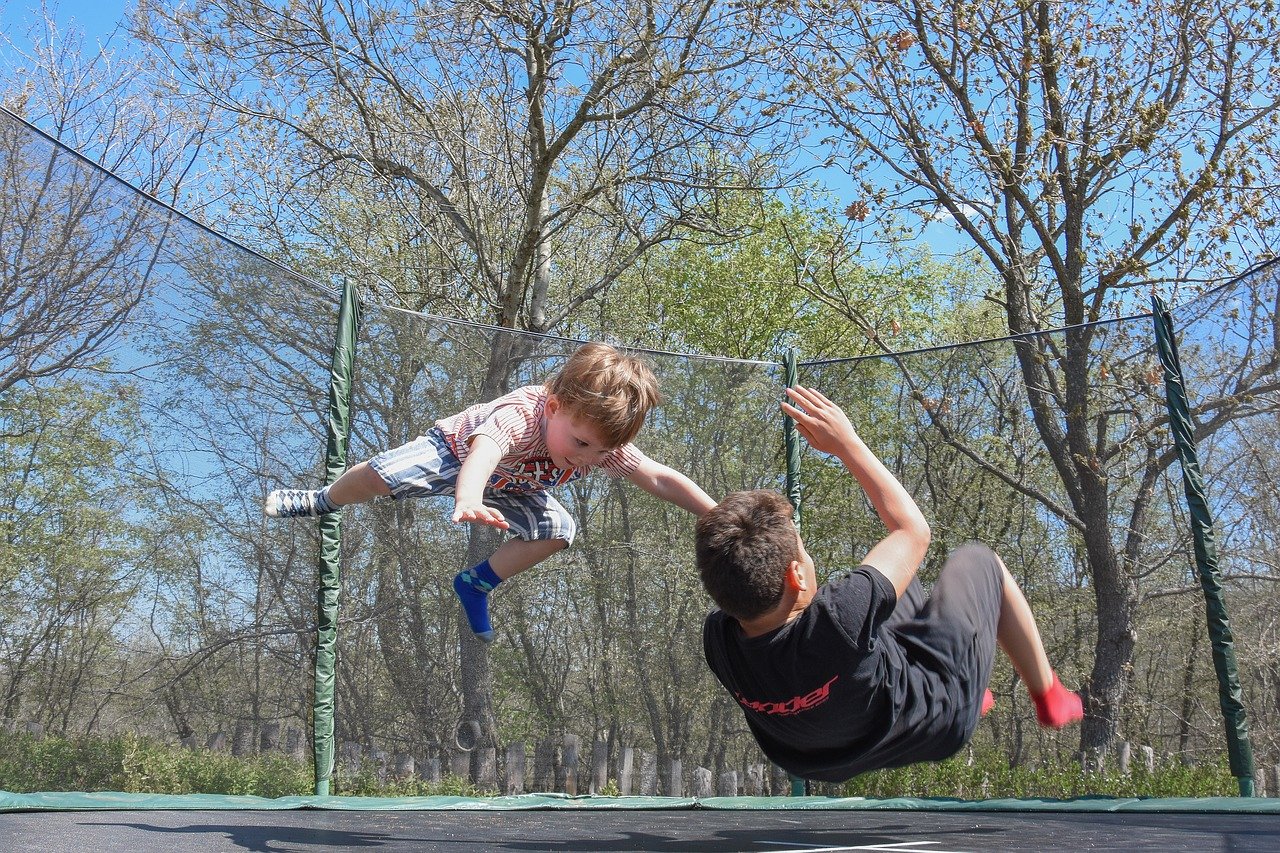In August 2019 researchers from Finland published the results of their study to assess the risk factors for near/short sightedness. A total of 240 schoolchildren (119 boys, 121 girls; average age 11 years) who had been referred for an eye examination due to poor distant vision and who had not previously worn glasses were involved in the study. Follow-up was undertaken annually for three years and thereafter twice at approximately 10-year intervals. Information on parental near/short sightedness, time spent on reading and close work, watching TV and outdoor activities were assessed via a questionnaire at each follow-up. Results showed that about 32% of the children who wore glasses for the first time aged between 9-13 years experienced a near/short sightedness level of approximately -6.00 D in either eye in adulthood. Parental near/short sightedness, age when the child started to wear glasses, progression of near/short sightedness during the first year following onset, and more time spent on reading and close work and less on outdoor activities in childhood were associated with a high degree of near/short sightedness.
Pärssinen O, Kauppinen M. Risk factors for high myopia: a 22-year follow-up study from childhood to adulthood. Acta Ophthalmol. 2019 Aug;97(5):510-518

